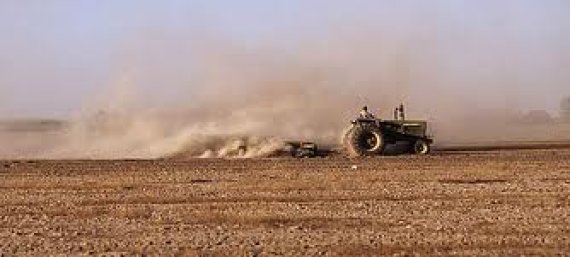The wind can cause destruction in dry and dessert-like areas. It sweeps away the top layer of soil, producing disastrous consequences for soil fertility and food production. It damages equipment and infrastructure. Moreover, soil particles mixed with chemical substances and pesticides are harmful for health.
Clever
But something can be done about this, Youssef shows in his thesis, which is about the effects of vegetation on wind erosion on a regional scale. Since plants and shrubs break the force of the wind, clever planting can prevent wind erosion and even restore damaged land. But what constitutes ‘clever’? In other words, what is the most suitable pattern for planting? To find out, Youssef studied the effects of various planting patterns in a special wind tunnel at Ghent University.
Sand street
There is no uniform answer. ‘It depends on what you want to achieve,’ explains Youssef. Each pattern has its own advantages. Plants in straight lines parallel to the wind direction will result in the least amount of sand being transported, as shown in his measurements. But sand can travel far along a ‘street’ of shrubs. Other planting patterns stop sand from being transported so far, but the amount of sand transported is higher. So it all depends on what is needed.
Realistic
Youssef also took measurements in a Syrian field. Using sand catchers, he charted the erosion in an entire region. Research on such a scale has not been done before. ‘Measurements are usually taken for a particular land usage. I studied an entire region which has various forms of land-use. This gives a much more realistic picture of erosion than when you extrapolate from just one little area.’
Model
Using the data collected from outdoors and the wind tunnel, Youssef developed a model which can indicate wind erosion on a regional scale for different types of vegetative cover. Policy makers and landscape managers can use it to combat erosion. ‘If you want to diagnose a problem or formulate a policy, you will want to know what happens in a region instead of on a small piece of land.’

